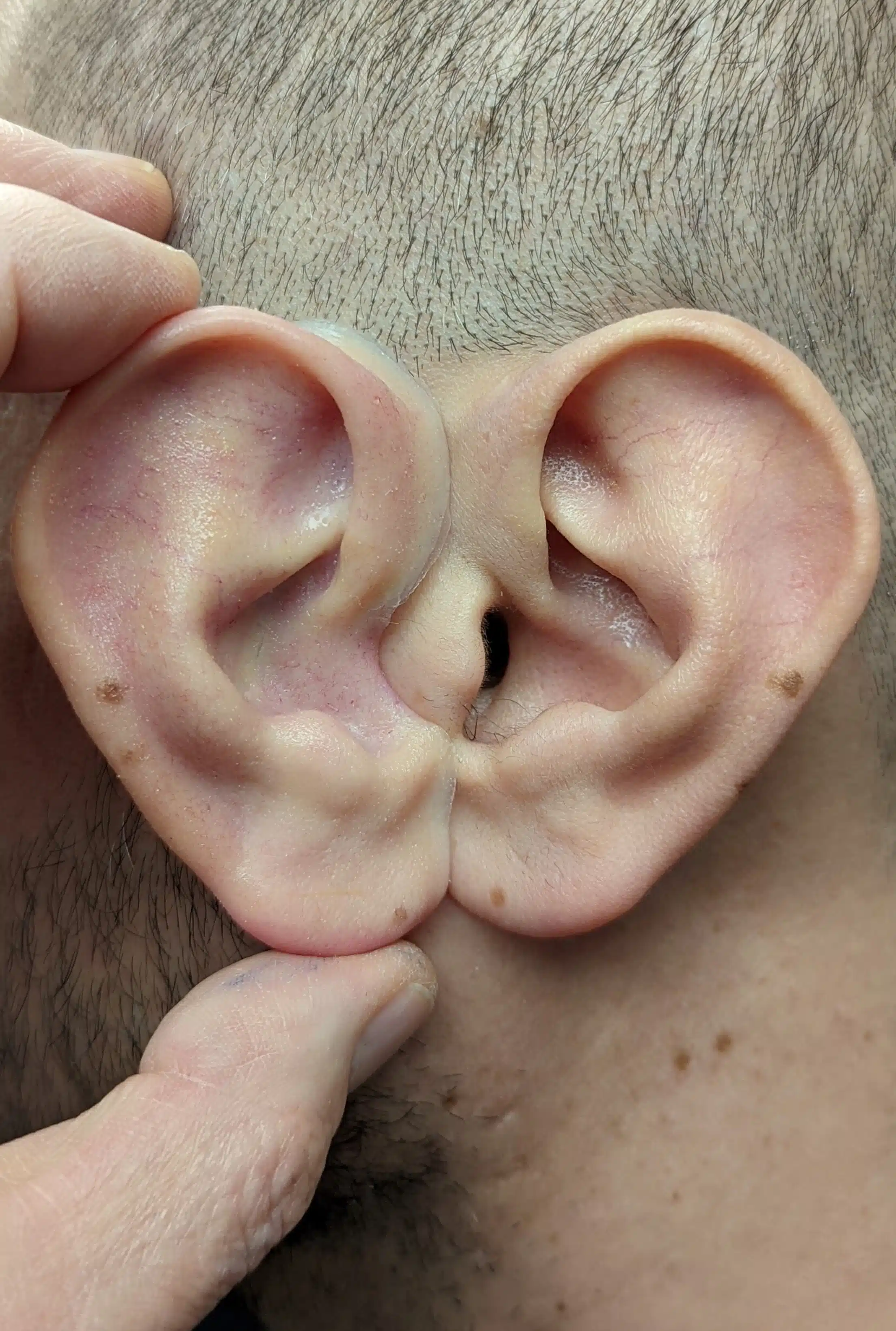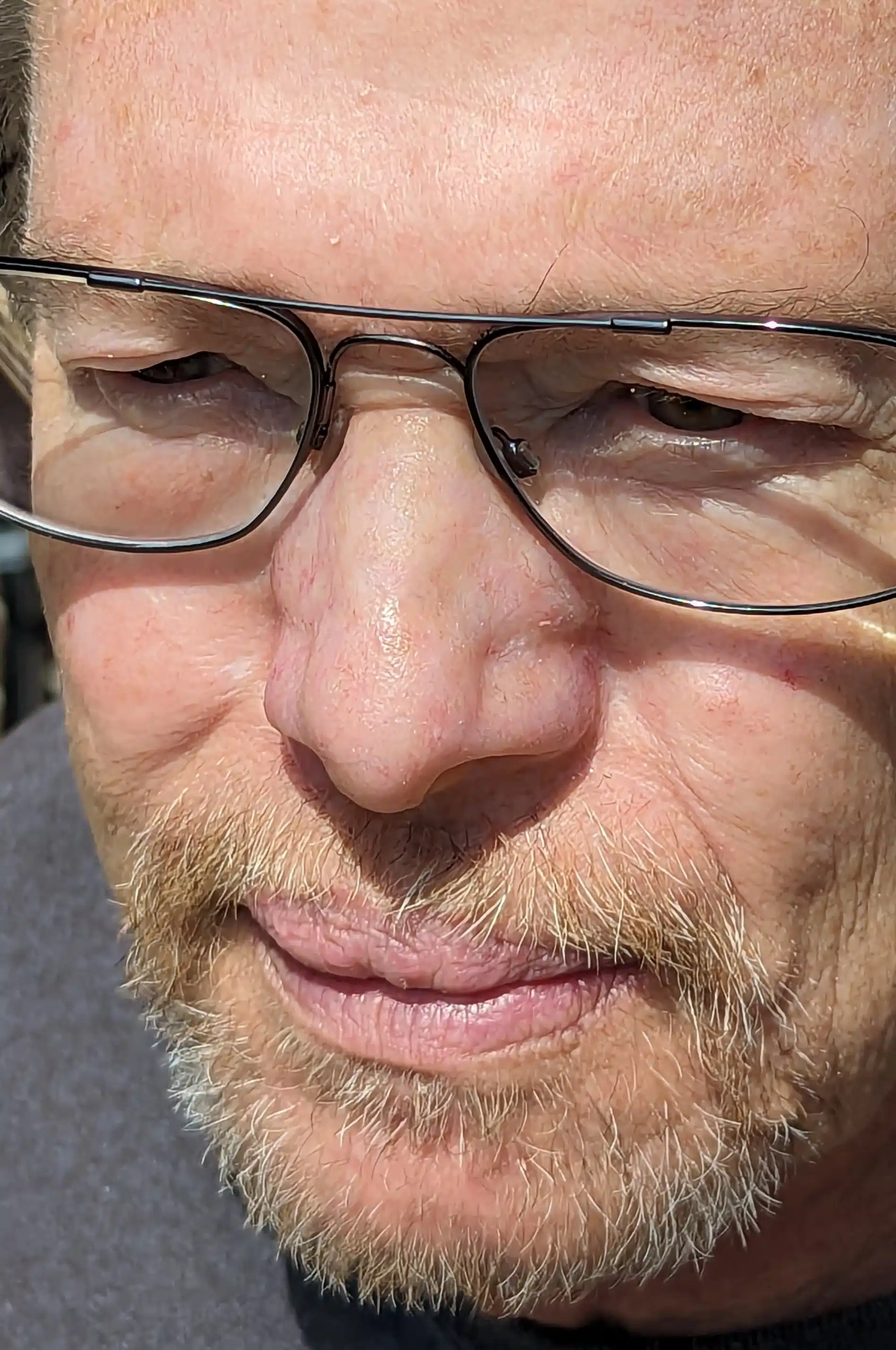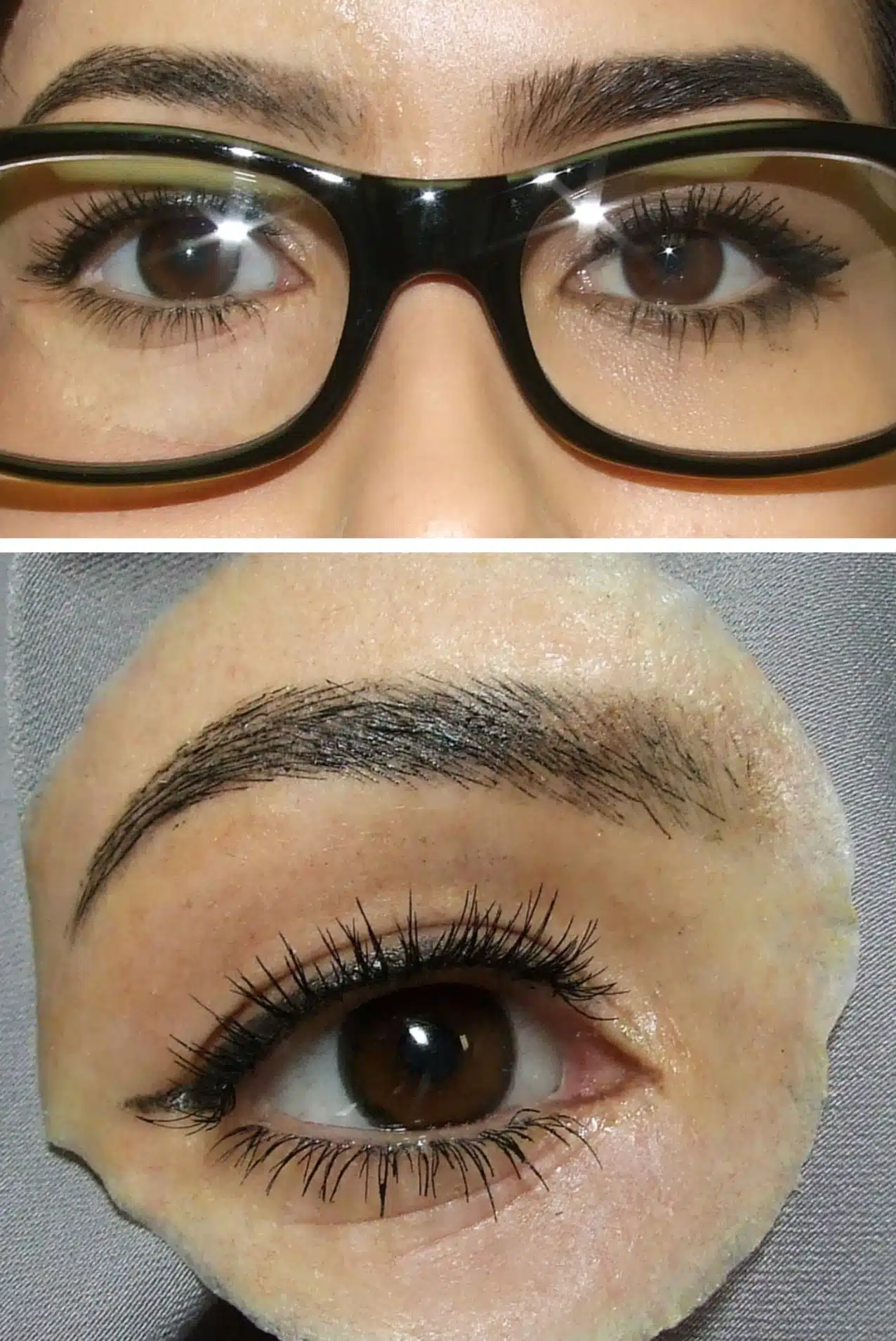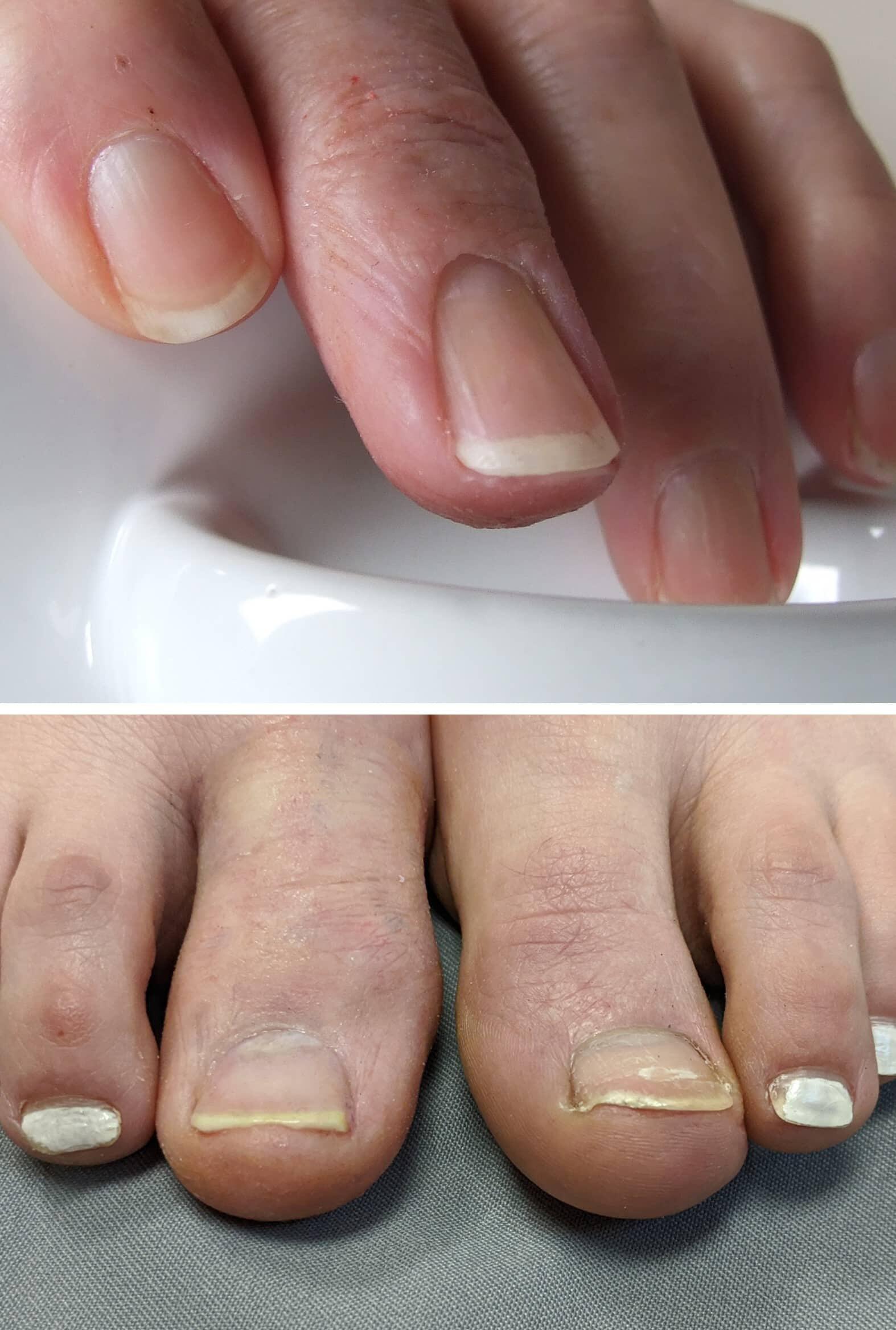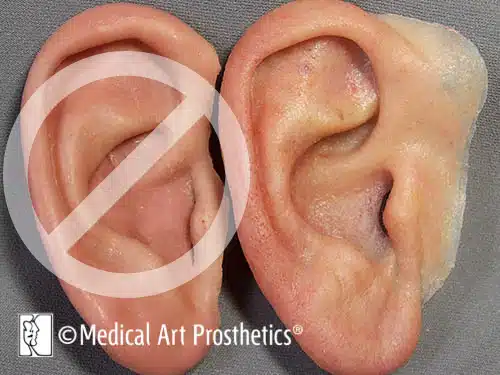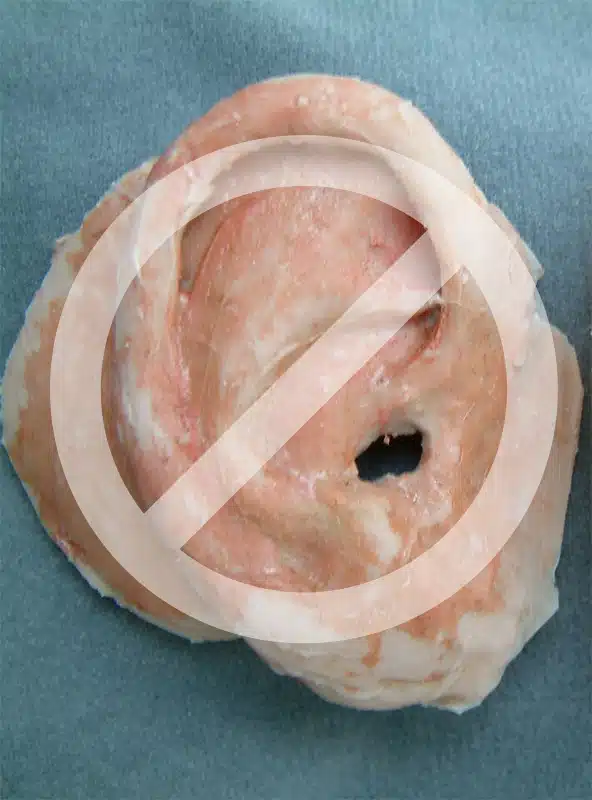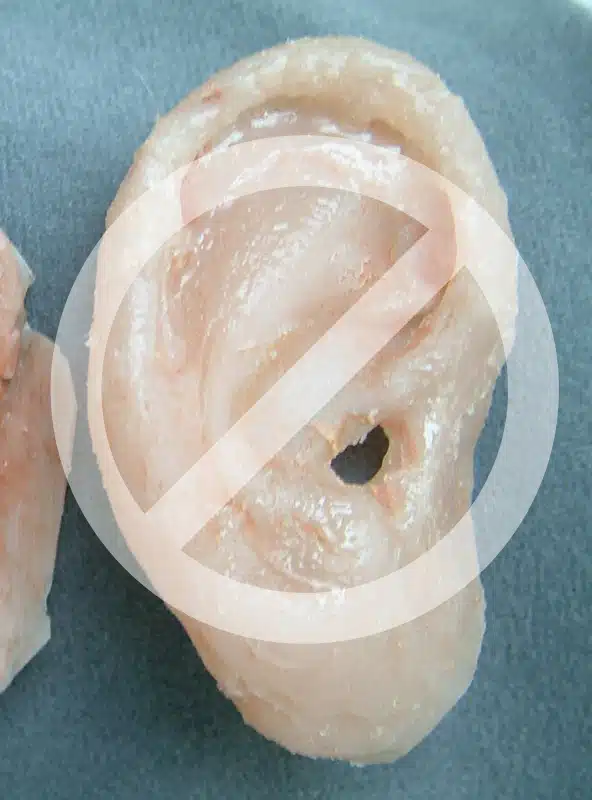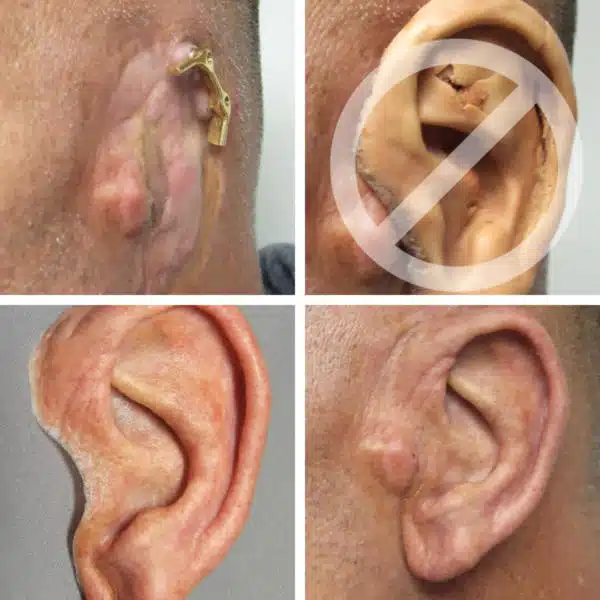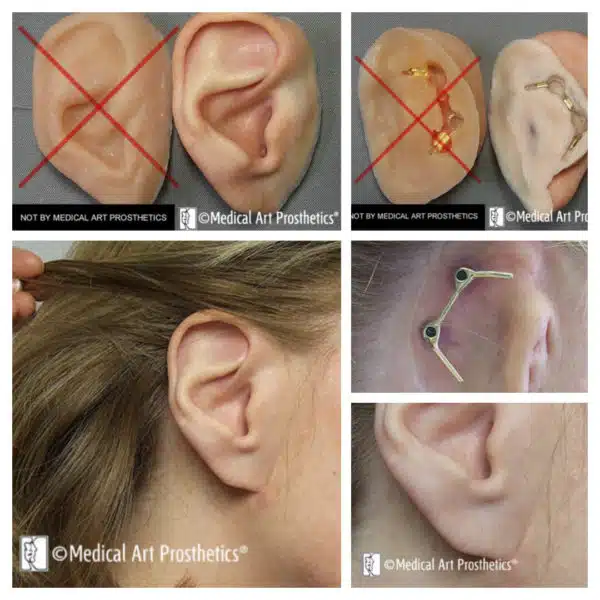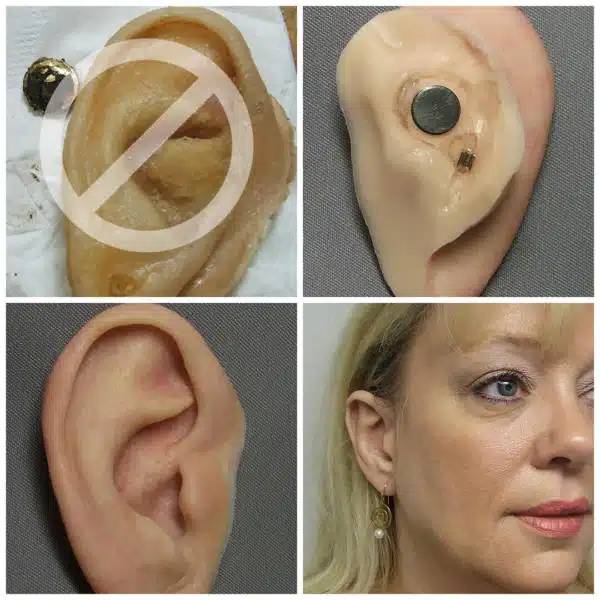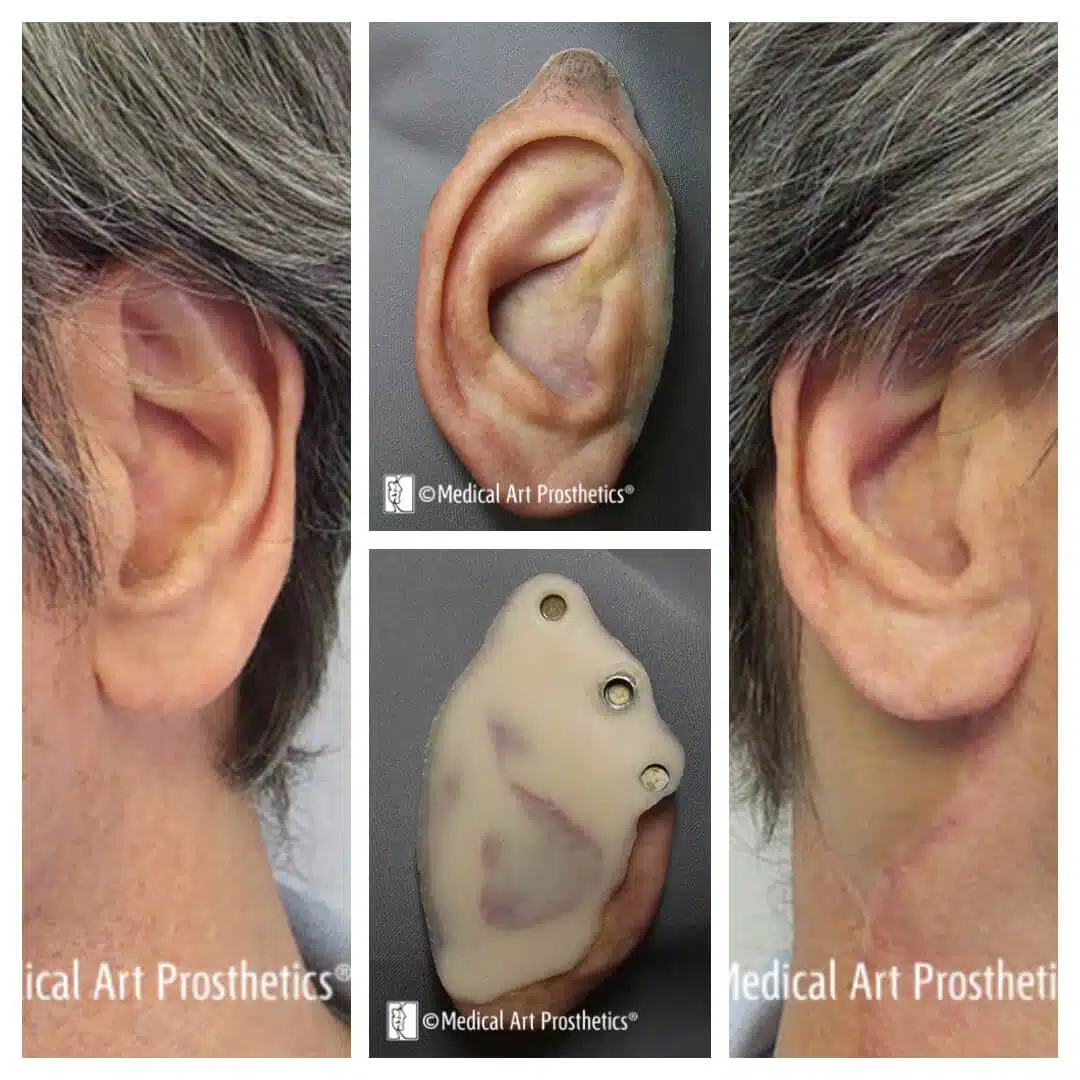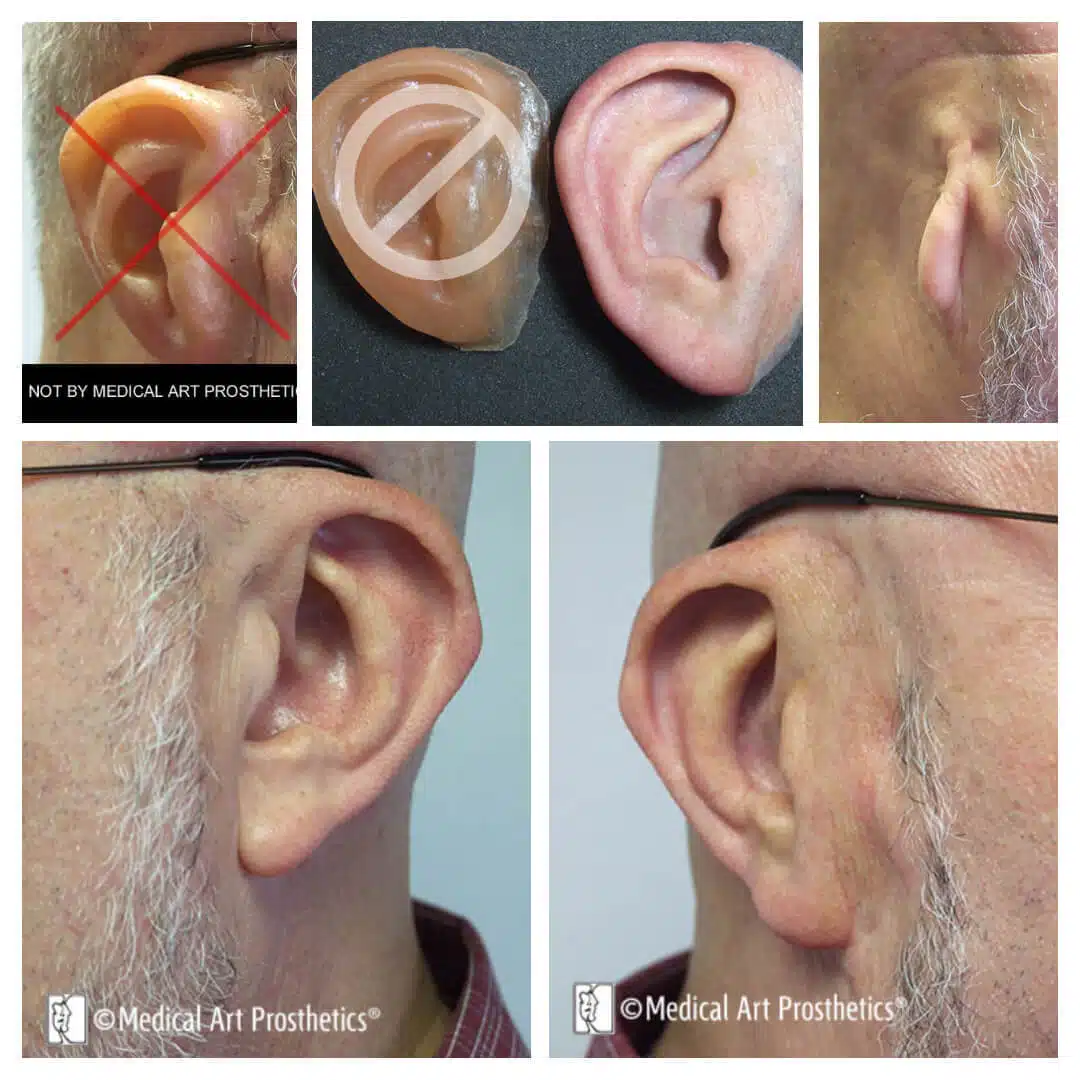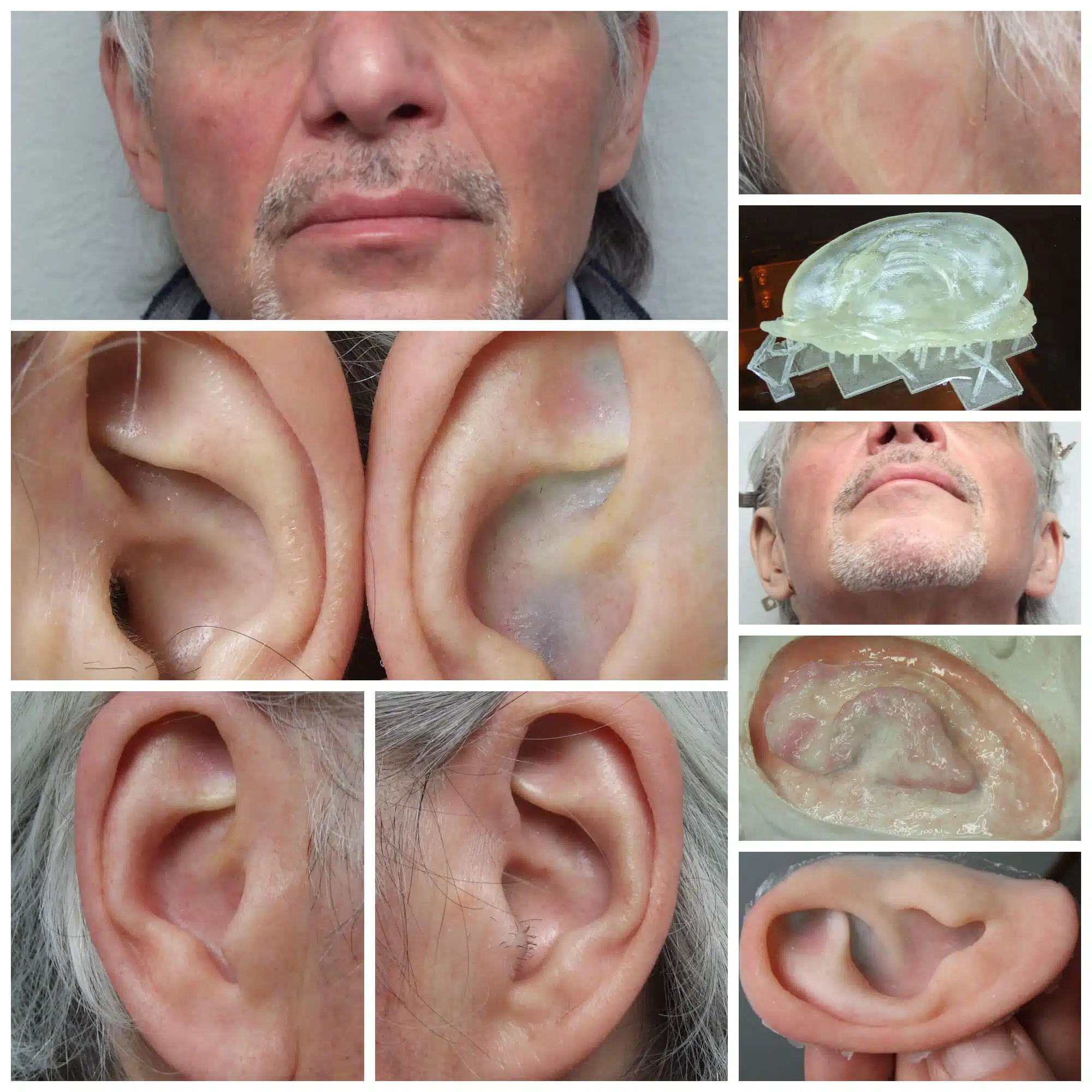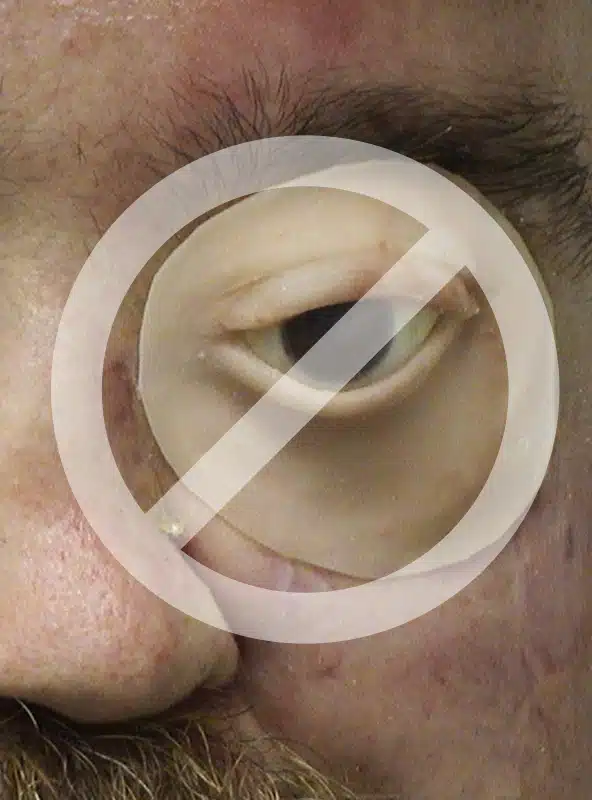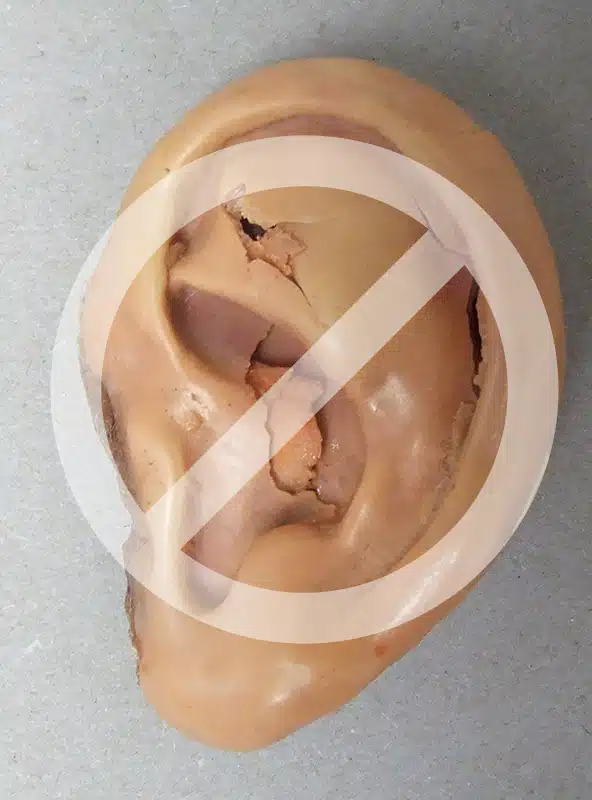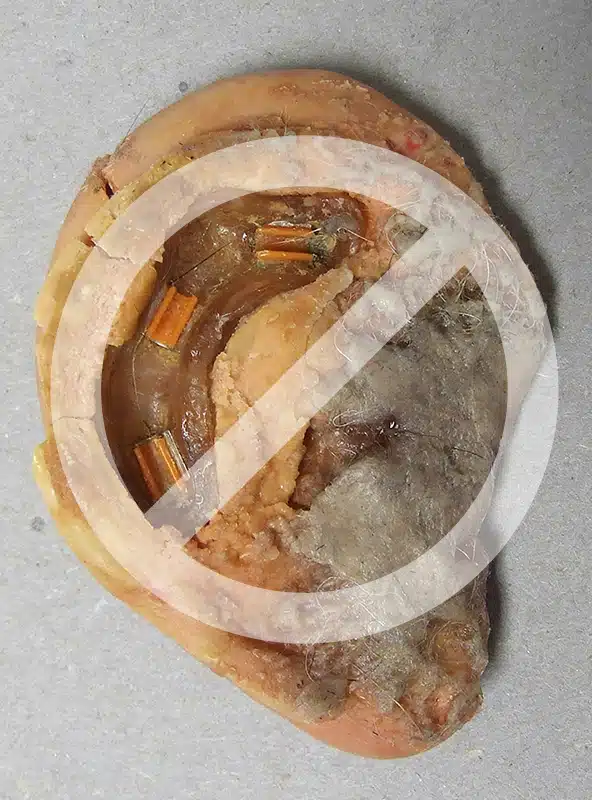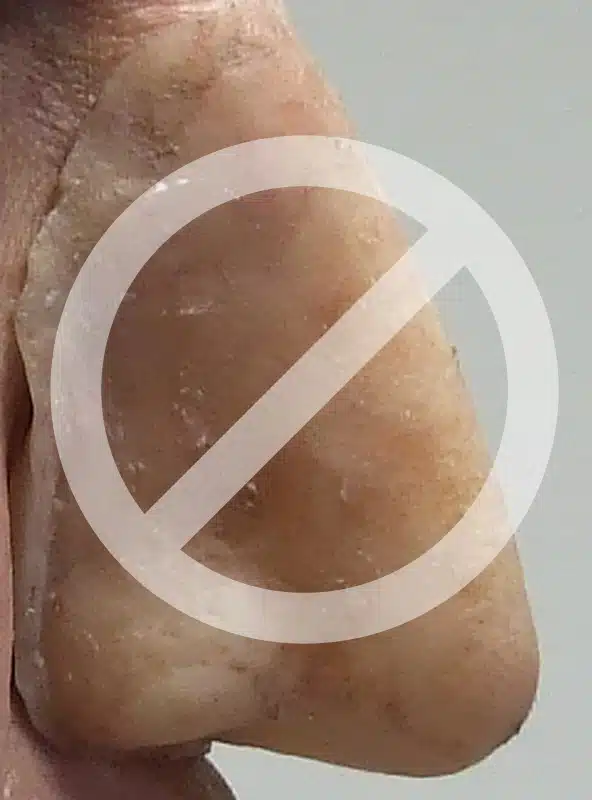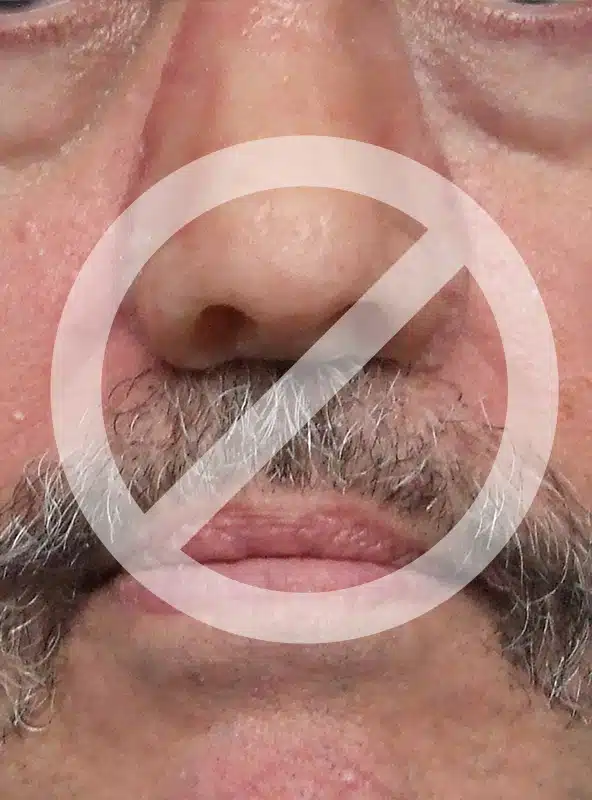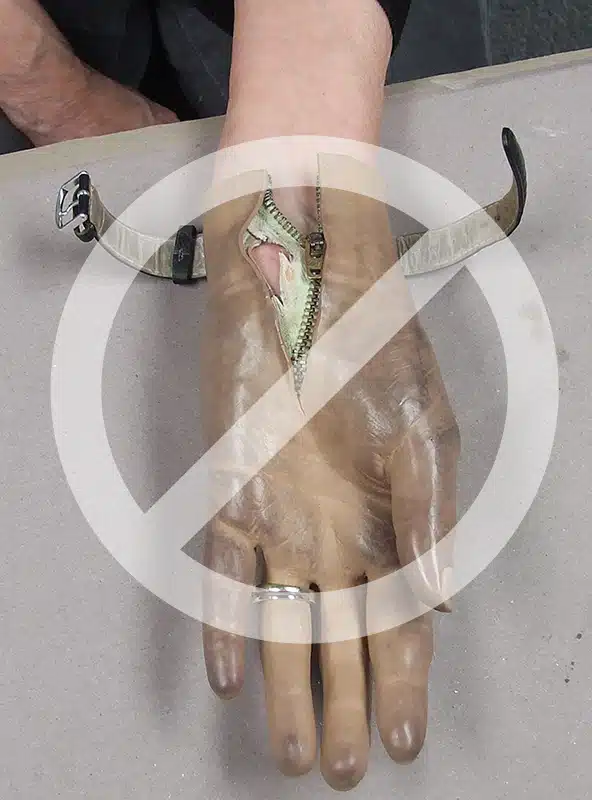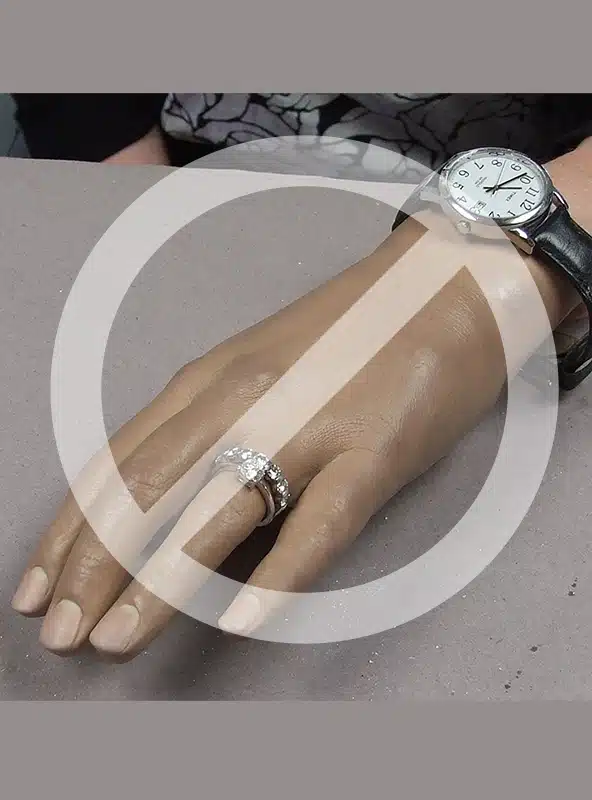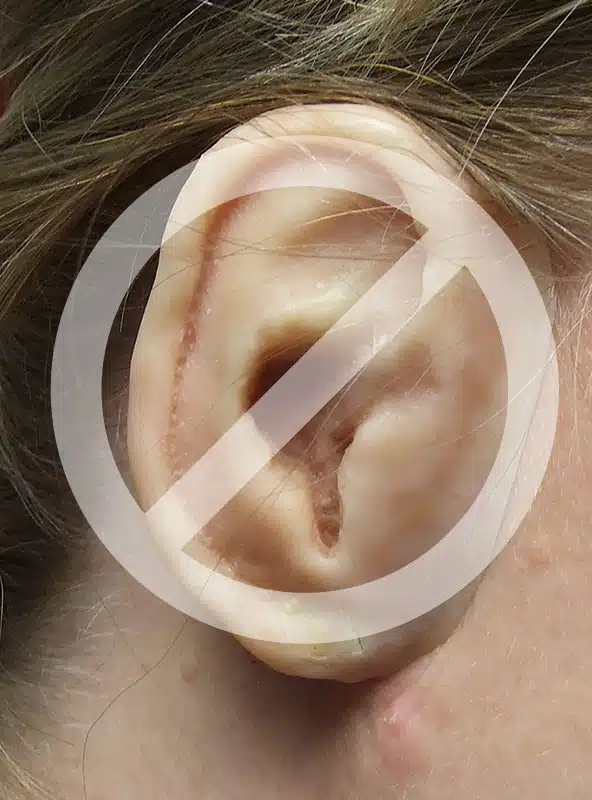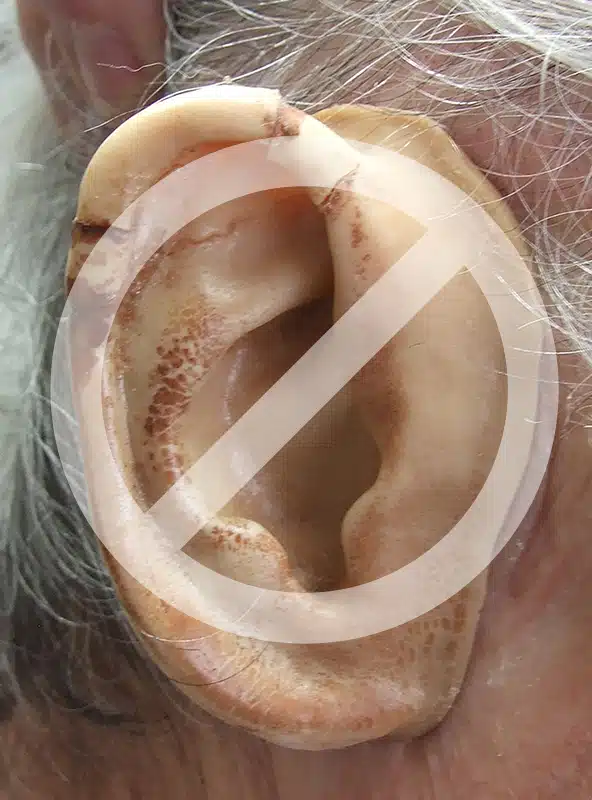Is There a Difference in Prosthesis Results? How do You Judge?
- Do you need an artificial eye or orbital prosthesis? Then it must match and be symmetrical with your unaffected eye. See eye photo gallery.
- Do you need a new nose or nasal prosthesis? Then we will study your photos and work with you until you are pleased with the size and shape. See nose photo gallery
- Do you want a prosthetic ear or a better replacement ear prosthesis? We routinely correct microtia ears and rib cartilage ear reconstructions. See ear photo gallery
- Did you want a finger or hand prosthesis? Matching to the adjacent fingers and use of highest durability silicones are equally important. See finger photo gallery
- Were you referred for a custom toe or foot prosthesis? Our anaplastologists and certified prosthetist team to address both form and function. See foot photo gallery
As specialists in silicone maxillofacial, hand, and foot prosthetics we focus on you and commit the time required for your successful prosthetic outcome. Our locations and prosthetic results make a difference. They increasingly inspire confidence among surgeons, prosthodontists, and our many patients. See our photo galleries.
Realistic Ear, Nose, Eye, Hand, and Foot Prosthetics
Medical Art Prosthetics is a recognized destination for the most lifelike eye, nose, ear, hand, and foot prostheses. Patients fly to us for the results we proudly demonstrate with close-up clinical photography. We encourage you to ask prosthetics providers to show good quality close up photos of facial and body prosthetics case results like ours. Professional anaplastologists are generally happy to show a cross section of their results in silicone ear, nasal, oculofacial, hand, and foot prosthetics. We want you to be fully informed with accurate expectations so you can really be happy with your new prosthesis.
Please contact us today and tell us about your needs. We would like to help.
Is there a Difference in Prosthetics Providers?
Yes, there is a difference. Ask questions. Look for evidence of anaplastology involvement, including:
- Before/after photos of the anaplastolgist’s prosthetics results of cases similar to yours.
- Publications/presentations that demonstrate personal academic advancement.
- University staff positions that evidence clinical experience.
- Credentials as a healthcare professional
- Photos showing the anaplastologist’s familiarity with attachment methods or concepts specific to your situation.
Our clinical anaplastologists have sought to distinguish lifelike facial, hand, and foot prosthetics not as an ancillary service to traditional maxillofacial dentistry or extremity orthotics/prosthetics, but as a flagship service advanced by clinical anaplastology professionals. It is our core competency honed through daily practice spanning 5 decades. This accomplishment is unique in the United States.
These are questions you should ask any provider you are considering for prosthetics:
Choose Prosthesis Detail Specialists. It Matters!
“I was never happy with my previous prosthesis”, or, “I wish I could improve my prosthesis result”. If you have said this, Let Us Help You!
Many clients come to us unhappy with the prosthesis they received elsewhere. Super accurate and lifelike prosthetic eyes, nose prosthesis, ear prosthetics, and hand/foot prosthetics demand specialized artistic practitioners who sweat the details. We know that details really matter to the final outcome.
Look closely at the work of Medical Art Prosthetics. We specialize in highly life-like silicone maxillofacial, hand, and foot prosthetics. We know about the parameters in judging aesthetic results, and our network team of anaplastologists:
- Have decades of experience with implant-retained prostheses.
- Know the best prosthetic adhesives and silicones
- Employ the most user-friendly fitting strategies
- Prepare you with the best aftercare guidance to maximize your user experience.

